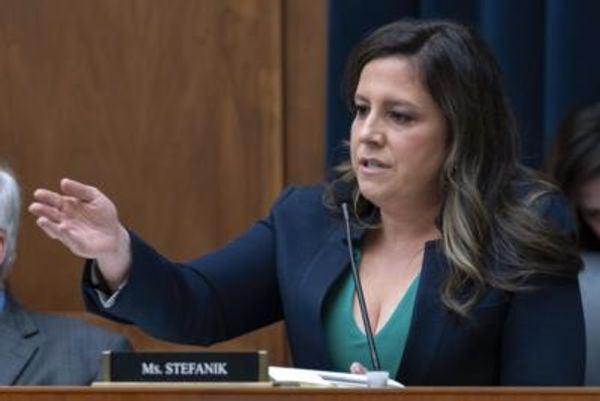
If there’s one word that’s marked the election campaign so far (other than the execrable “gaffe”) it’s “scare” (followed fast behind by “smear”). It’s fast become the go-to rebuttal for the Liberals and Labor. Worse, it’s became a stock media excuse for not digging deeply into issues that genuinely concern voters.
It’s “fake news” gone meta: the election’s all but a scare campaign about the danger of scare campaigns.
But hold up. The cry of a scare campaign is not some righteous demand for the truth. It’s a weapon — fired past the opponent, aimed at the media to “scare” them away from issues a party doesn’t want to talk about.
It’s an accepted truth that parties own issues — like Labor owns “caring” and the Liberals own “budgetary management”. Parties want campaigns to be about the issues they own, lifting them up while dragging their opponents down. It’s why in last week’s debate Labor leader Anthony Albanese keep defaulting to “caring” (aided by the questions from the audience) while Morrison kept trying to drag the debate over to economic (read “budgetary”) management.
Campaigns that scare a party touch real fears in the community about their history with issues that matter and that appeal to what are thought to be the two main parties’ inherent values. As the academics would say, scary campaigns have to have “issue salience” for voters.
It’s a peculiarly Australian play because of our compulsory voting. Overseas — in the US in particular — negative campaigning is as much about encouraging people to stay home as it is about turning their vote around. Here negative campaigns need to be more active to shift votes, or to at least encourage voters to stay with their historic party of choice.
During last week’s debate, Morrison attempted a jiujitsu move to get him out of a bind, wrapping himself in the National Disability Insurance Scheme (not, apparently, “welfare”) and, audaciously, claiming shared ownership of Australia’s social safety net, saying: “It’s always the Liberals and Nationals who have to work out how to pay for these things.”
Meanwhile, he’s been playing the scare about the scare to discourage the media from looking too closely at the steady spread of the cashless debit card across the social security system. It’s tricky messaging for the Libs: eager to assure their gimlet-eyed base that they’re cracking down on the unworthy (aka the unemployed or single parents) who can’t be trusted to spend their own money, while respecting those far more deserving 2.6 million-odd voters receiving all or part of the aged pension.
It calls for complex handling and, allowed to run on as he does, Morrison has been muffing it with an insulting welfare/not welfare distinction. No wonder he’s eager to brush it off with a nothing-to-see-here-but-a-scare-about-a-scare.
Trouble is, social security also has a bit too much “issue salience” for millions of voters.
The conservatives know how much it hurt them in the 2016 elections when Labor campaigned over threats to Medicare. A subsequent academic deep look at the campaign found that “under the circumstances of high public awareness, ‘issue ownership’ and compulsory voting, this negative campaign was effective in shaping the 2016 electoral outcome”.
From election night and across the subsequent parliamentary term, the Liberals under both Malcolm Turnbull and Scott Morrison worked to neutralise the fear — coining the now near-universal descriptor “Mediscare”. By discrediting the tactics of the scare, they disarmed Medicare (and “caring” generally) as issues in the 2019 election campaign.
Now the government is attempting to trade off the success of that scare-about-scare campaigns to push back against criticisms of the cashless debit card and challenges on funding for the NDIS.
Trouble is, since 2019 Morrison has developed a reputation for a certain looseness with the truth. In that context, his denials struggle against loose rhetoric from his ministers and his past enthusiasm for the project, as well as from the average voter’s Mandy Rice-Davies-esque response to his denials: “Well, he would, wouldn’t he?”
It’s much easier to work at scaring the media with the thought that they’re being taken for a ride with another scare campaign. And like all scare campaigns, as First Draft News said in its Misinformation Playbook ahead of this year’s election, that means taking enough of a kernel of truth and adapting it for the purpose you’re after.







